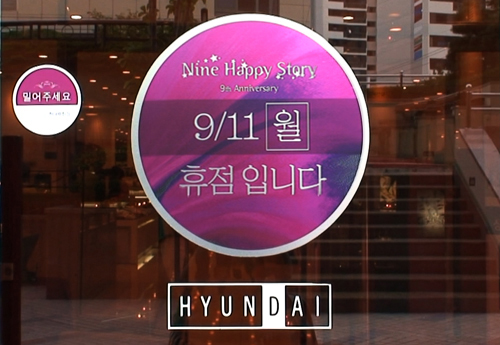Prof. A. Richard Turner
nature n [ME, fr. MF, fr. L natura, fr. natus, pp. of nasci to be born -- more at NATION] 1 a: the inherent character or basic constitution of a person or thing: ESSENCE
essence n [ME, fr. MF & L; MF, fr. L essentia, fr. esse to be -- more at IS] 1 a: the permanent as contrasted with the accidental element of being
-- "Webster's New Collegiate Dictionary," 1977
"Nature" is one of those words that drives me to the dictionary in order to use it deliberately. So, for the purpose of this essay, I selected the meaning quoted above knowing full well that most people think of nature in terms of "out there," the external world we experience through our senses and, given the time and place, either include or exclude ourselves and basically consists of all those things in the world that would be here if we were not. But there are those today, like Bill McKibben in his book "The End of Nature," who believe that this latter idea of nature no longer exists because man has so totally exploited the world that there is no thing that does not bear our trace. I'm inclined to agree on the grounds that "out there" suggests an Arcadia where there is a border or frontier we must cross to enter and I prefer to think of nature in relational terms that includes both the natural and the artificial world and the way we are an integral part of it all.
I date my awareness to this world to the summer of 1977 when I stepped out of the elevator on the fourth floor of the Whitney Museum into a vast, nearly empty room bisected with a sheer scrim suspended from the ceiling down to eye level and a thin black line, also at eye level, painted on the perimeter wall and continuing along the bottom of the scrim. It was the Robert Irwin retrospective and I remember that I felt my life change, however subtly, then and there.
Of course I was all of twenty-three-years-old and had just escaped from an aborted graduate school experience at Indiana University and had landed, flat broke and stupid, in New York. I've since learned that at twenty-three almost anything can change your life, especially if you think of yourself as an artist and sense the possibilities involved in making art. But at that age it hadn't occurred to me that a work of art could actually do something to you physically as well as mentally. I still, to this day, can vividly recall the sensation that came over me as I walked into that Whitney gallery space, the sense of disorientation and the need to find my bearings within the space itself.
I don't recall whether I knew who Robert Irwin was (someone took me there) and it was unlikely that I'd seen much of what he'd done since Irwin was, at that time, reluctant to have his work photographed, actually forbidding it until 1969, because he believed that a photograph could convey image but not presence. And it is the presence of the Whitney piece, "Scrim Veil -- Black Rectangle -- Natural Light" that has stayed in my mind and body, actually causing a physical sensation to run through my limbs fifteen years later. I can even, just faintly, remember the smell of the material of the scrim.
I took this experience to be my baptism into "real" art, what art was suppose to be in New York, oblivious to the fact that Irwin was as much of a foreigner to that world as me. The piece was viewed by many as a Dadaist gesture or conceptual stunt and provoked the easily provoked Hilton Kramer to call it "a repudiation of art and life." Luckily, I was ignorant enough to view it, as Barnett Newman would say, "without the nostalgic glasses of history" and even began to understand Newman's "zip" not as an image (or documentation) of an experience but as an on-going perceptual experience. That is, I've now come to understand, the difference between natura naturata and natura naturans.
For an Italian Renaissance artist of the Quattrocento "nature" had two aspects to be imitated that had originated in Greek thought: the passive reality of our daily experience (natura naturata or created nature) and the active power that directs and governs life as well as the growth of a work of art (natura naturans or creating nature). Alberti developed these concepts into a theory of architecture based on the Laws of Nature, the most general being that of harmony. And, contrary to the Medieval doctrine that nature is a divine creation and therefore perfect, he suggested that nature was not, except as a harmonious whole, perfect and that the artist who selected the most beautiful parts of nature to imitate could produce a work that surpassed nature.
By the fifteenth century the active aspect of nature developed into the idea of nature as an order to be discovered and imitated as it was believed had been done by Classical artists. Artists therefore looked to Antiquity for ideal art to imitate rather than natura naturata while at the same time stressed the creational lessons to be learned from natura naturans that had allowed Classical artists to surpass nature in beauty.
By the time of the High Renaissance the idea natura naturans became identical with God, which meant that imitation of active nature became equal to an imitation of God with the artist as an individual genius with a mind that transforms itself into the mind of nature that can act as interpreter between nature and art (or God and man).
. . .we are making it out of ourselves, out of our own feelings. The image we produce is the self-evident one of revelation, real and concrete, that can be understood by anyone who will look at it without the nostalgic glasses of history.





